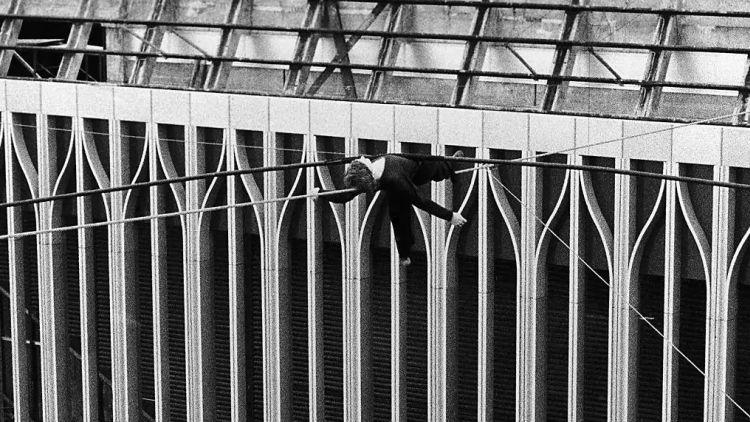

Likewise, Ariès finds the monuments themselves, from the Mediterranean to England and from Spain to Germany as having a “genetic unity of forms,” which suggest an ongoing tension between the Christian liturgy and an older, pan-European idea of death as the big slumber. But Ariès finds recumbent figures in literature and statuary from the eleventh to the seventeenth centuries to document the persistence of the idea of death as sleep. For example, “the idea of sleep is the most ancient, the most popular, and the most constant image of the beyond.” Death as sleep, as a neutral state of repose, uninterrupted calm and peace, is a belief that survived despite the best efforts of the Catholic Church, which sought to persuade society of the soul’s mobility after death. The result is an eloquent description that conveys the mutability of western attitudes toward death.Īnd yet, Ariès anchors his continually evolving coffins with commonalities. The book rests on the Jungian concept of the collective unconscious, which means that Aries is attempting to find similar artifacts across a range of sources and regions that show the “unconscious expression of the sensibility of the Age.” In order to do so, he follows three themes through one thousand years: individual versus collective memorials, ideas of transitions between life and death (or “tame” death versus “wild” death), and the physical proximity between the dead and the living. After reading it, one will never look at death the same way again. Beautifully written and admirably translated, the work takes the reader through a dizzying array of cemeteries, epic poems, and deathbeds to provide a view of the ever-evolving place of death in European society. Philippe Ariès’ monumental work, The Hour of Our Death, was something of an exception, as it offers rare insight into European representations of death from the eleventh century to the twentieth. We have lists upon lists of casualty counts in all manners of battles throughout the ages but we have little understanding of the ways the idea of death has changed over time. History is full of dying, but before this book was published historians rarely concerned themselves with how a society thinks about death.


 0 kommentar(er)
0 kommentar(er)
